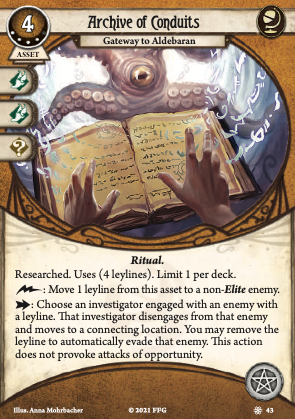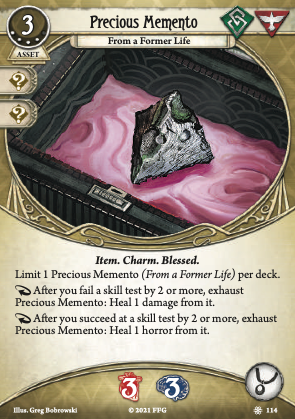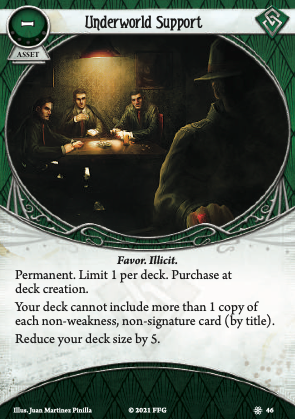
Every time this ritual comes into play, you have the chance to displace four non-elite enemies. You’re not exactly defeating the foes, which is good because in Edge of the Earth: some enemies punish you for defeating them. And it only works temporarily on hunters.
It also allows people to move from locations outside of their turns, which is again an EOTE benefit. (There are scenarios in Innsmouth where this could be useful, where you need someone to get to a location or onto a vehicle and they are elsewhere fighting off a monster.)
This is situationally useful, especially in campaigns with huge HP enemies or Vengeance foes. It’s probably not the best of the leyline books, but there is a use for it and that’s what a card should do: give you ideas to build around specific instances.



